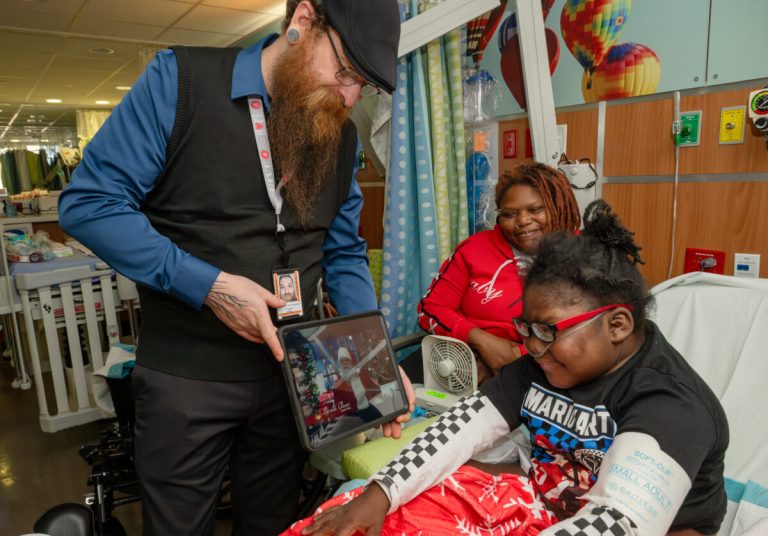3 ways to put safety first on those all-terrain vehicles (ATVs, four-wheelers, quads) from Children’s of Alabama
Reading time: 4 minutes
Partner

Are your kids ready for ATVs? Here are three things to know about operating ATVs from Children’s of Alabama:
Summer In The Great Outdoors
Because they come in all shapes and models, ATVs are not a one-size-fits-all activity. Driving them is a rush. You can let the wind rip through your hair on those Alabama back roads in a lot of ways, but—numbers don’t lie—ATV injuries are no stranger to the emergency department at Children’s of Alabama.

Nobody needs a trip to the emergency room this summer—or ever—so enjoy those off-road excursions the safe way – without children 16 and younger.

“Way, way, way too frequently do we see children injured by ATVs, said Dr. Kathy Monroe. She’s the medical director of the emergency department at Children’s of Alabama.

Rule # 1: Keep A Lid On It
“We’ve had 230 trauma alerts in the last three years, and there are more patients who come to the emergency room for minor injuries. So, it’s a lot,” Monroe said.
Trauma alerts—that means you’re being admitted to the ER as a patient, and your injury is serious enough that you need resuscitation. Dr. Monroe said that severe injuries from ATV accidents can be life-threatening. So, seriously. Wear a helmet.

Why Helmets Make A Difference
One thing you’ll notice about professional ATV riders (like the ones pictured in this post) is that the operators are wearing them. Helmets are crucial. Doctor’s orders, actually.

“They can save your life,” Monroe said. “You’re more likely to suffer a serious injury without a helmet. Trauma to the brain can occur, like a concussion, an open skull fracture and/or intracranial bleeding. Even mild head injuries can cause permanent damage.”
Rule #2: Age Matters
“The regular size, adult-size ATVs are not designed nor meant for children under the age of 16,” Monroe said. “No child under six should be on one at all.”
Wee ones. Infants. Toddlers. All the little people in our lives. Just no. Do not hold them and ride or operate and ATV.
“We do see that,” Monroe said. “Infants, toddlers riding with an adult on an ATV. That’s really, a incredibly dangerous thing to do. If it rolls over—you can’t. No human can hold them through that.”

Rule # 3: Educate, Teach, Supervise
OK, drivers. Ready to start your engines? Dr. Monroe says to remember these things:
- Never ride on highways. ATVs don’t belong on roads with cars.
- Take a training course! They are online and easy to find. Here’s one from the Alabama Forestry Commission.
- Never ride with passengers. ATVs just aren’t made for that. They are single-passenger vehicles.
- Always. Wear. A. Helmet. Seriously.
“Don’t forget other protective gear, too,” said Monroe. “Typically there’s eye protection, boots, gloves, long sleeves. These guys (ATVs) frequently roll over. Often the driver is thrown off of them. You want a lot of padding if you are on one.”



